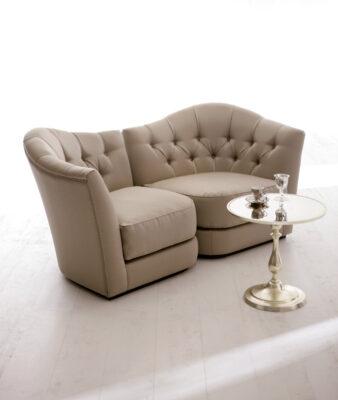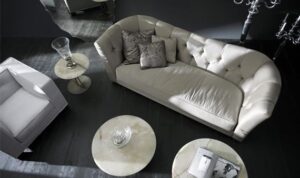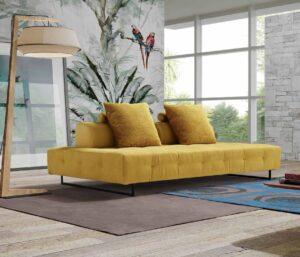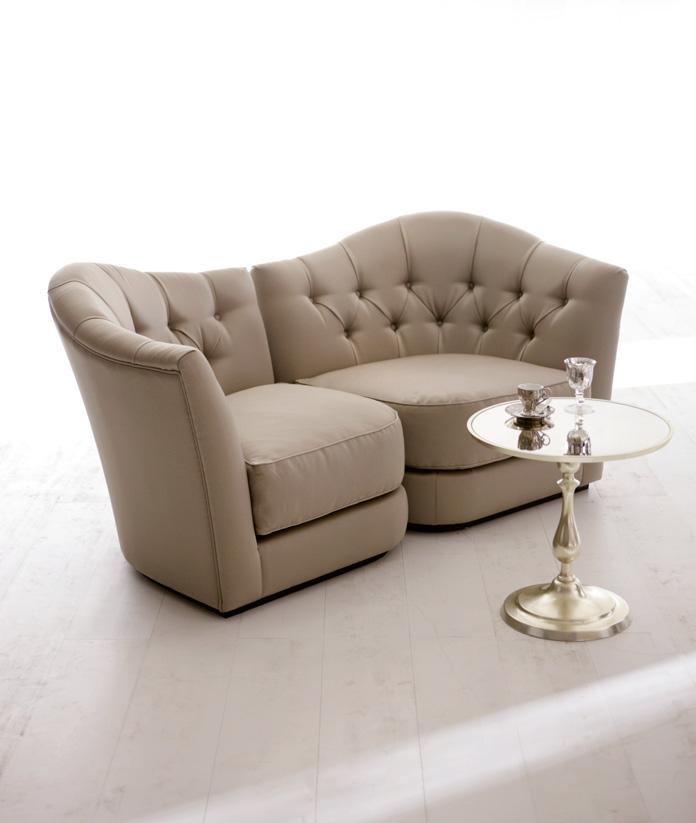
Transitional furniture design is the perfect balance between traditional and modern styles. It combines classic elements with contemporary accents to create a timeless look that is both elegant and functional. In this guide, we will explore the latest transitional furniture design trends and how you can incorporate them into your home decor.
Key Elements of Transitional Furniture Design
Transitional furniture design is characterized by its clean lines, neutral color palette, and subtle textures. These key elements create a warm and inviting atmosphere that is perfect for any home. The neutral color palette allows you to mix and match different pieces of furniture, while the clean lines and subtle textures provide a cohesive look throughout your space.
Materials Used in Transitional Furniture Design
Transitional furniture is often made from high-quality materials such as wood, metal, and glass. These materials are chosen for their durability, versatility, and aesthetic appeal. The use of natural materials, such as wood, brings a sense of warmth and comfort to the space, while metal and glass add a touch of sophistication.
Transitional Furniture Design Trends to Watch
The latest transitional furniture design trends are all about creating a cohesive look while incorporating unique elements. Here are some of the top trends to watch:
Mixed Materials
The use of mixed materials is a growing trend in transitional furniture design. This trend involves combining different materials, such as wood and metal, to create a unique and eye-catching piece of furniture. This trend adds depth and dimension to your space and creates a visual interest that is sure to impress.
Bold Colors
While neutral colors are still the go-to in transitional furniture design, bold colors are making a comeback. This trend involves incorporating statement pieces, such as a bold-colored sofa or armchair, into your space to add a pop of color and create a focal point.
Textured Fabrics
Textured fabrics, such as velvet and linen, are becoming increasingly popular in transitional furniture design. These fabrics add depth and dimension to your space, creating a warm and inviting atmosphere. The use of textured fabrics also provides a tactile experience, making your space feel cozy and comfortable.
How to Incorporate Transitional Furniture Design into Your Home Decor
Transitional furniture design is a versatile style that can be easily incorporated into any home decor. Here are some tips on how to incorporate this style into your space:
- Start with a neutral color palette. This will provide a cohesive look throughout your space and allow you to easily mix and match different pieces of furniture.
- Mix and match different materials. The use of mixed materials, such as wood and metal, will add depth and dimension to your space and create a unique and eye-catching look.
- Incorporate textured fabrics. The use of textured fabrics, such as velvet and linen, will add warmth and comfort to your space and create a cozy atmosphere.
- Add statement pieces. Incorporating bold-colored furniture or textured accents will add a pop of color and create a focal point in your space.
What Is the Transitional Furniture Style?
Transitional design is a design style that lies somewhere between traditional and modern or contemporary. A transitional home often features a neutral color scheme paired with interesting accessories and sleek yet comfortable furniture. This results in a timeless, classic look.
Some designers say that transitional design encompasses interiors that mix multiple styles. A transitional interior doesn’t follow a specific set of rules. This allows for experimentation and creates homes that feel highly personal.
Another great thing about transitional design is that it’s always evolving. Since it often incorporates contemporary design elements, a transitional interior from one era won’t be the same as one from a different era.
The transitional decorating style is unique because it is neither old-fashioned nor modern. Instead, it mixes characteristics and designs from both modern furniture and furniture from hundreds of years past.
You might think that the transitional style might look a little disjointed as a result. You’ll be surprised to find that transitional furniture and design are very elegant and can complement just about any home.
The great thing about transitional design is that it doesn’t look old or antique. It also doesn’t encompass the complete minimalism that much modern furniture today has. Instead, it is the perfect balance between the streamlined nature of modern furniture and the more intricate style and design of the past.
By introducing transitional furniture into your home, you can make sure that your home’s interior is unique. When it comes to transitional furniture, you will find that it blends curved lines with long, straight lines. Many people like to describe this style as a balance between masculine and feminine forms.
The trick to getting this style perfect is not to let the furniture be too uppity but also not too casual or simple. Color is also an important factor in this style. You will find that transitional furniture and decor tend to match the same colors with each other.
Using a limited color selection can make a room decorated in the transitional style feel more open, cool, and elegant. This is in contrast to having too many colors in one room which might feel rushed, frantic, and disjointed. Light and neutral tones are often preferred for this style such as olive green, light blue, beige, and so on.
Characteristics of Transitional Furniture
Like the design style, transitional furniture often incorporates old and new elements. This could be a traditional sofa upholstered in a modern fabric. Or it could be modern dining room chairs paired with a traditional table.
While you can add any furniture style to your design scheme, transitional furniture typically pairs soft curves with clean lines. Pieces will have a simple profile without too many ornate details.
Transitional furniture often features a mixture of complementary materials and textures. This includes fabric, glass, metal, and wood.
It also usually has a medium scale, reflecting the balance of the design style. This makes transitional furniture a great option for both large and small homes.
The Use of Traditional Layouts

Many modern houses are very spacious and minimalistic. One room may only have a few pieces of furniture in the middle of the floor while the rest of the room is empty. While this style might be appealing to some, it can feel somewhat barren and desolate to others. Traditional furniture layouts, on the other hand, are much cozier because they put to use any empty space that might be in a room.
This does not mean that a traditional layout is crowded, however. Instead, traditional layouts have a foundation in functionality with the added splash of style. This is good news because figuring out how and where to put your furniture can be a difficult task if you don’t know where to start.
By looking back to traditional furniture layouts, you will be able to get inspired. Besides the placement of chairs and tables, you will also be able to learn more about how high to hang your curtains and where to put rugs so the whole room will really come together when you’re done decorating.
Once you have most of the main furniture laid out, you will then have the opportunity to add some smaller pieces of decor for the shelves and tables. This is where the transitional style really shines.
You can effortlessly blend antique decor with modern decor. With this style, you are free to decorate as much or as little as you want.
Blend Different Types of Furniture

For example, accent chairs are especially popular in transitional furniture design. They perfectly fill the corners or edges of a room, but they are also perfect for expressing some unique stylistic choices. By putting an antique chair next to a more modern chair, you can really start to bring the transitional style to life.
This is true for any type of furniture whether it be a table, lamp, chair, or otherwise. By blending furniture from different eras, you can make sure that your home decor is truly unique.
How to Bring Transitional Design Into Your Home
Transitional design is a great way to make interiors feel timeless and inviting. Here are some ways you can incorporate this design style into your home.
Transitional Bedroom
Pair a traditional tufted headboard with minimal transitional decor. This will create a sense of balance in the space. Add soft lighting and stick with a cool color palette.
Transitional Dining Room
Add a transitional dining room set with the perfect blend of traditional and modern details. Incorporate texture and visual interest into the space with upholstery. Elevate the room with mirrors and artwork.
Transitional Living Room
Make a statement with a warm color palette. Add a bold piece of furniture, such as an Italian leather couch. Finish off the space with layered rugs and colorful accents.
Everything You Need to Know About Transitional Furniture Trends
Transitional furniture can give your home a look that no other home has. Some of its most recent trends include blending furniture from different eras and using limited color palettes. Traditional layouts are also important.
With this kind of design, you can make sure that your home shines. Contact Michelangelo Designs today for more information or an in-person visit to the showroom.

